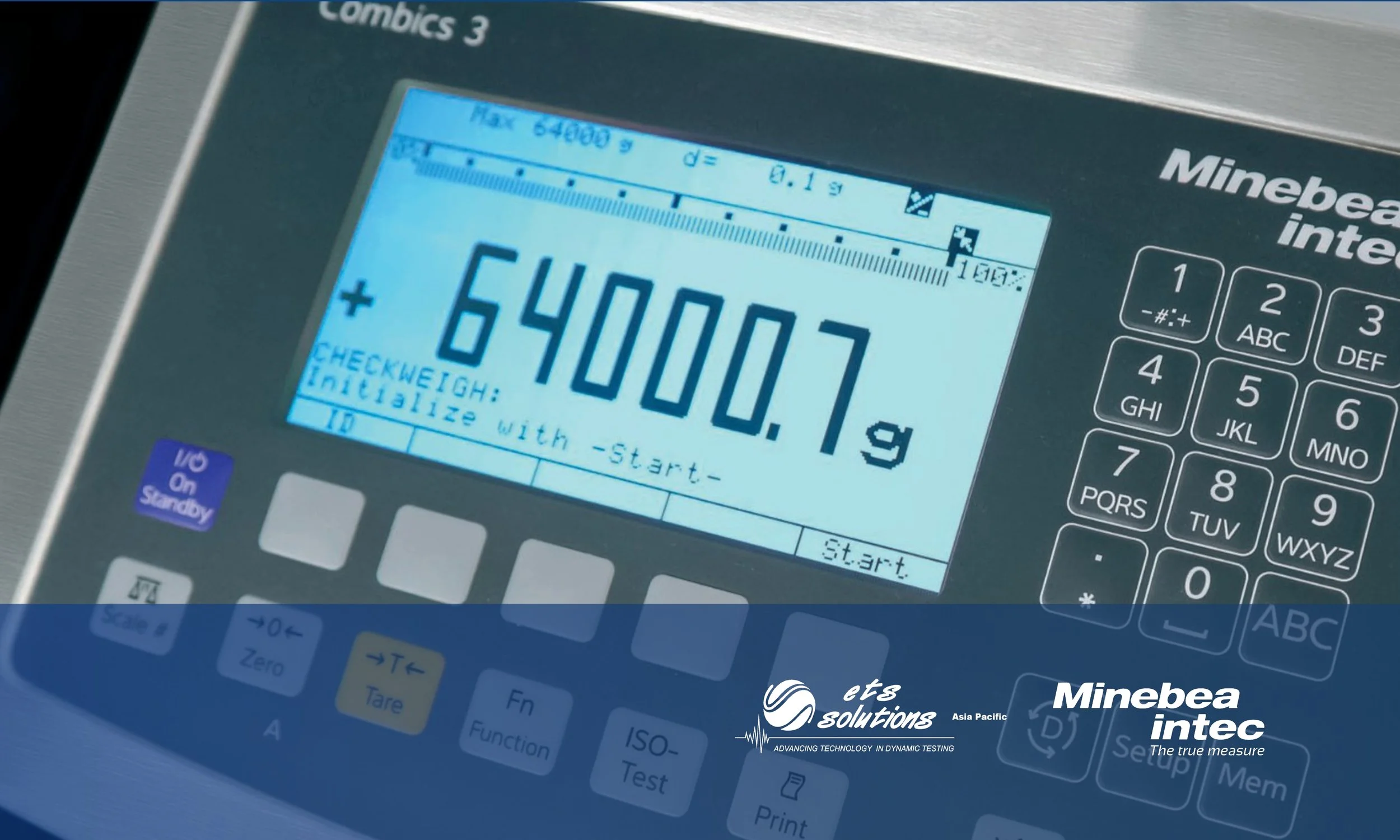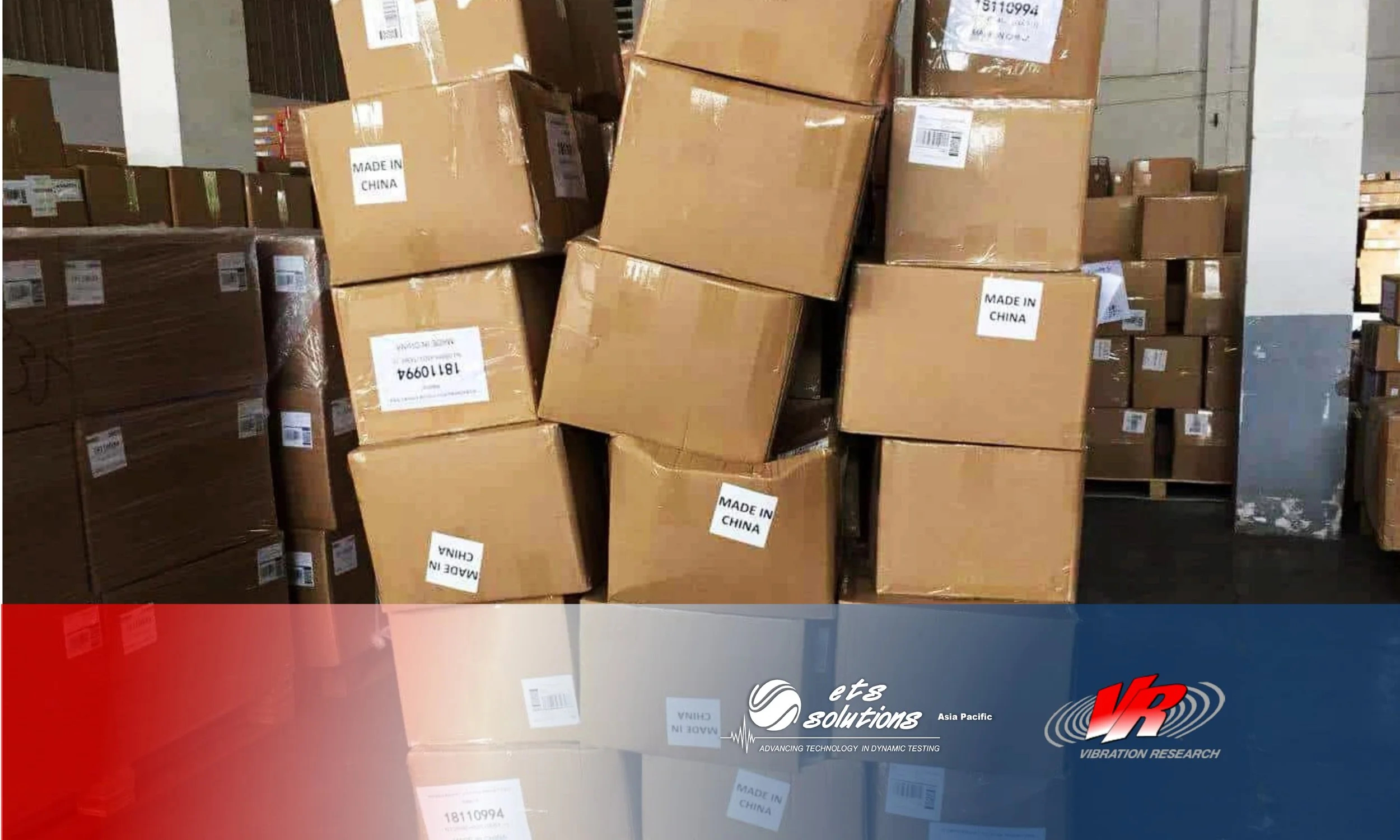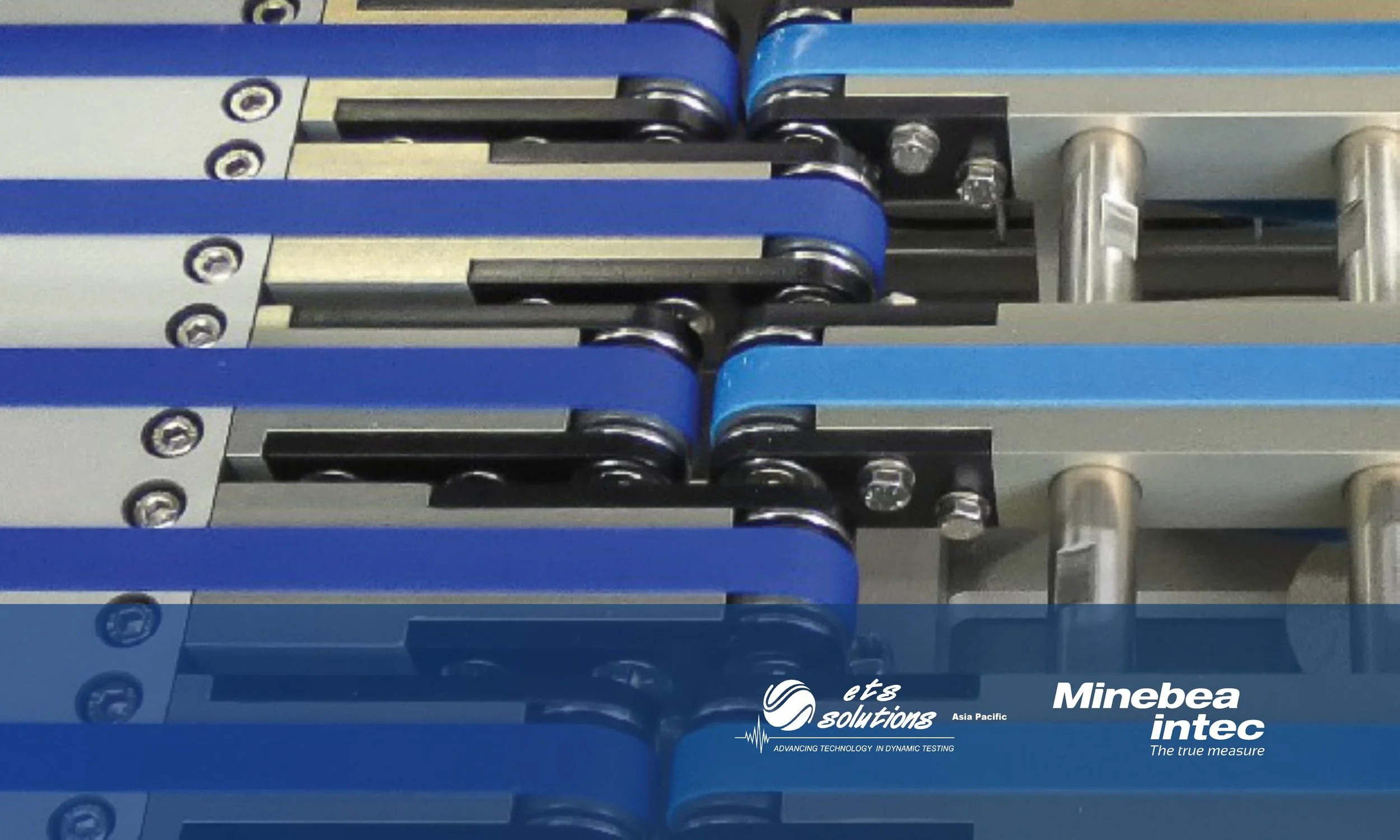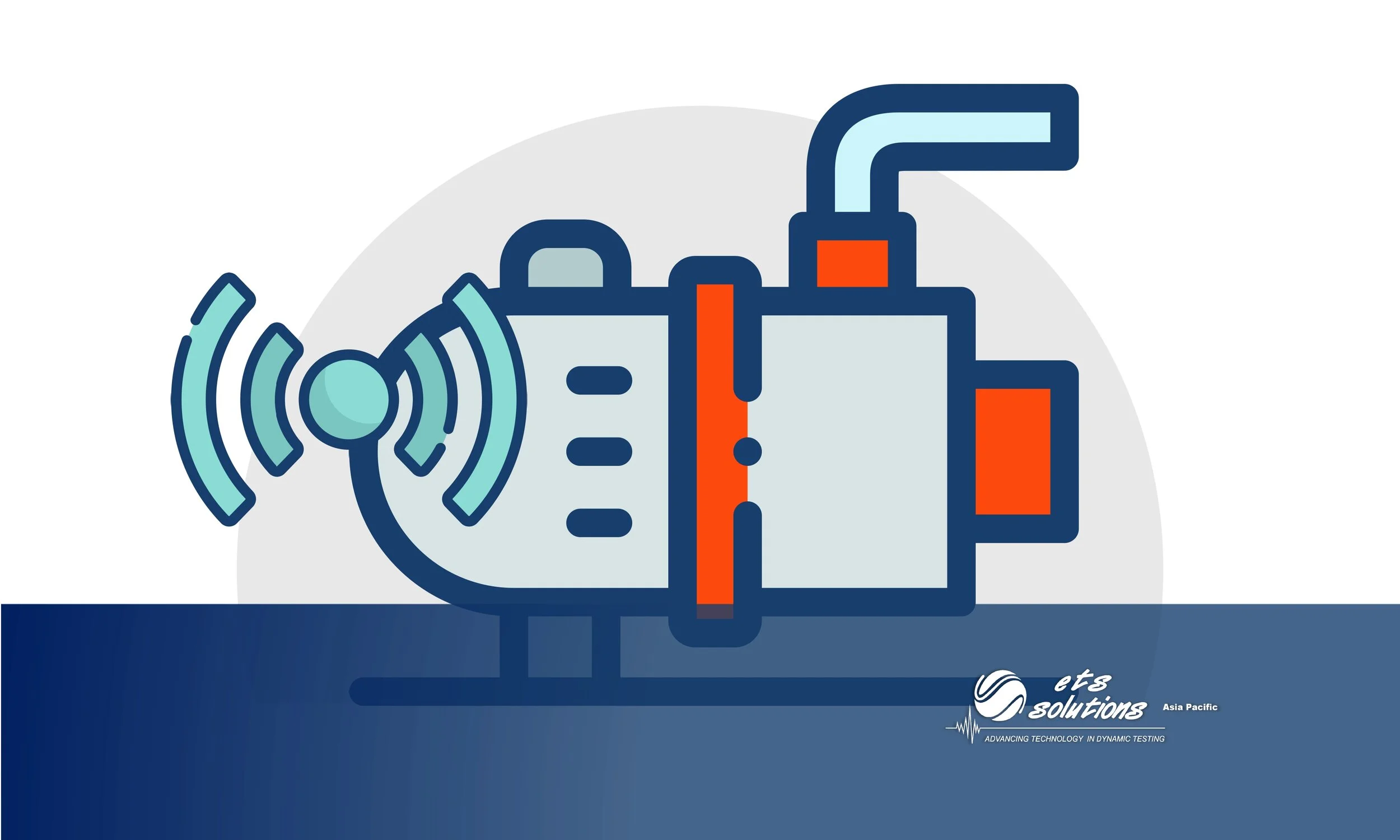Using Simcenter Amesim™ software, Simcenter Engineering experts and Honda set out to develop a new prediction technique and a new evaluation method for engine restart vibrations. Honda can now accurately predict the entire powertrain restart process, beginning with the vehicle controls signals causing a certain in-cylinder pressure, which then results into driveline torque, particular suspension and powertrain bushing interface forces and eventually body vibration shock.
One of these startups is Karma Automotive, a California-based carmaker that rose from the ashes (or rather assets) of Fisker Automotive in 2014. In the resurrection process, Karma managed to preserve the good and overcome the bad: they retained the beautiful Italian design of their cars, which held a lot of appeal to their customers, but significantly upgraded the technology. The result is a luxury electric hybrid sedan that maintains much of the original exterior and interior of the Fisker Karma, but incorporates an A123 battery, charger and electrical controls. It is “the car you drive when you want to be seen,” says Bob Kruse, chief technical officer of Karma Automotive.
The interior noise of a vehicle has a significant impact on the customer experience. Any noise outside the norm can raise concerns and discredit the company’s reputation. Engineers have a solid understanding of the noise requirements for internal combustion engine (ICE) vehicles, but electric vehicles (EV) require new standards. As EVs do not have an engine that makes noise, many normal vehicle disturbances are now audible to the passenger.
The world’s largest and most powerful space science telescope is finally scheduled for launch, on Christmas Eve. The James Webb Space Telescope (JWST) has been in the works for decades, and its gold-plated, 21-foot mirror is capable of exploring much farther out into space than its predecessor, the famous Hubble Space Telescope. After many delays and years of waiting, for many, it seems almost unbelievable that it’s finally about to happen.
The customer is a world-leading technology company. It researches and develops solutions for safety, environmental protection and networking, in order to keep developing mobility in a sustainable way. The injection moulding company currently employs 147,000 people and operates 14 technical centres as well as production locations and customer service centres across 45 countries.
Mobile scales excel in industrial environments in which work processes require greater flexibility and better use of space. A high-resolution industrial scale was combined with an indicator to create a flexible and precise weighing solution. A high-resolution platform for precise results was combined with an indicator for accurate counting and weighing in a clean room. The weighing solution was combined with wheels and batteries for mobile and flexible operation.
The same applies for durability engineers. Technology evolves so quickly that holding on to traditional processes and methodologies actually equals standing still. I hear you thinking: “I’m doing well, my business is stable.” But can you keep up? Your customers are getting more demanding, and your competitors are always close. It requires an effort to keep moving forward, innovate, and search new solutions or methodologies. But it pays off!
The company has been a Minebea Intec customer for many years and was already using Vistus metal detectors to check various products for metal contamination. Now, the customer needed a high-speed checkweigher that was MID approved and could deliver speeds of up to 800 products per minute. Minebea Intec met this challenge by developing a customer-specific version of the checkweigher Flexus Combi. The specially developed checkweigher is a dual-track solution, in which the two tracks support speeds of up to 400 pieces per minute.
Many products will experience shock vibration during shipping and handling or in use. These shocks may be infrequent, such as an accidental drop or repetitive, as with transportation over rough road conditions. Vibration test engineers use shock testing to simulate these conditions in the lab and confirm the structural integrity of the device.
Octave analysis allows for the objective evaluation of sound and vibration by grouping the frequencies of an acoustic signal into “bins,” often to reflect how humans perceive the frequency spectrum. ObserVIEW can now generate octave bands with an 8th order filter to meet IEC 61260-1 Class 1 filter specifications. A, C, and Z frequency weighting options are available to meet IEC 61672-1 requirement. Fast/slow or user-defined time weightings, linear or exponential averaging, and peak hold options are also available.
Due to an increased production volume, the Pacific Nut Company Chile S.A. expanded its production and packaging lines in terms of weighing, sealing, and box packaging. In the process, also the critical point of metal detection needed improvement. The former metal detector, checking packed boxes of up to 10 kg dried raisins, had shown a lack of detection sensitivity. In addition, thermal fluctuations and changing humidity conditions had led to false rejections. Facing limited space due to the newly expanded production line the customer contacted the certified Minebea Intec Partner Antalis Abitek.
Boehringer Ingelheim relies on UDF vessels, which are put to use under cleanroom conditions – both after ultrafiltration and before the product filling stage. The pharmaceutical company ordered a mobile weighing solution for a 50 l ultrafiltration vessel weighing 320 kg in total. The extended remit required the solution to be resistant to cleaning products, be able to withstand transportation stresses and to include the option of connecting the weighing station to the existing PLC.
Narrow packs of sweets with an extremely small supporting surface had to be checked for their integrity, contamination and reliably removed at high speed from the product flow where necessary. The weighing solution had to have a MID approval for high speeds. The packs are fed onto and discharged from specially-designed conveyor belts, weighed, inspected, and ejected from the product flow were necessary at a throughput of 430 pieces per minute.
Today, vehicle electrification represents one of the major pillars to help reduce the overall greenhouse gas emissions from human activity. From the early days, there’s been a lot of effort to reduce the overall cost of the battery pack and increase its energy density. Above all, this was essential to offer commercially competitive electric vehicles (xEVs), compared to conventional internal combustion engine (ICE)-based vehicles. It was critical to reduce the consumer’s range anxiety, or in simple terms, remove the fear of being flat in the middle of the Mojave Desert.
Hydrogen is the most abundant chemical substance in the universe, constituting roughly 75% of all normal matter. Our own sun is 75% Hydrogen and 25% helium. Hydrogen is about three times as energy-dense as natural gas (which is principally methane) and more than twice as energy-dense as gasoline. Burning hydrogen is much cleaner than burning hydrocarbons. When mixed with pure oxygen it only produces water as a by-product of combustion.
High-precision and reliable weighing technology was an essential prerequisite to ensure all requirements were met. Even the smallest deviations can lead to potentially harmful consequences in the production of medicines. Pharmatec, therefore, decided on the weighing module Novego from Minebea Intec.
Mobility electrification is not a trend. It is a fact. Most OEMs are already planning the retirement of their combustion-engine fleets. But with electrification we generally associate Li-ion batteries and a lot of inherent challenges. Rare materials, range anxiety, lack of charging stations, battery safety, poor recycling possibilities are some of them. Although extensive research is being conducted to solve these challenges, an alternative is being considered: hydrogen fuel cell vehicles. In this article we discuss how simulation can help OEMs & suppliers virtually design and certify the composite pressure vessel used for hydrogen storage.
FALCON allows making immediate use of the benefits of condition based maintenance: the Accurex™ automatic diagnostic works instantly based on the first measurement. Faults detected are available right in front of the machine such enabling interaction with the user (bearing lubrication, temperature control…) and optimization of the maintenance process. Based on the ISO 10816 standard and on ONEPROD 30+ years of experience, FALCON’s built-in automatic diagnostic module provides unbeatably relevant and reliable results.
Meat producers R&J updated their weigh price labeller for a more superior product; the Minebea Intec WPL-S which has increased productivity levels and reduced cleaning time of machinery within their factory. R&J Yorkshire’s Finest Farmers and Butchers was founded in 1978 by Jo and Robert Atkinson. Inspired to build on the solid foundations of their successful livestock business, they began to supply meat directly to friends, neighbours and local families. Since then, the company has grown steadily. In 2017 they doubled the size of their factory to meet the growing demand for Yorkshire’s Finest products.
The engineers at engineering consultancy R&D CFD are accustomed to applying CFD simulation to the challenges of Internal Combustion Engine (ICE) design. A recent project called on them to apply their analysis techniques to a different type of “ICE”--ICE cream. Their approach, however, was the same—using Simcenter STAR-CCM+ Multiphysics CFD software allowed the engineers to simulate 2000 variegator design variants in 17 days, and then optimize the design of the feeding chamber to guarantee that the final product would have the desired home-made, variegated appearance each time.
Vehicle performance is the study of the motion of a vehicle. The motion of any vehicle depends upon all the forces and moments that act upon it. These forces and moments, for the most part are caused by interaction of the vehicle with the surrounding medium(s) such as air or water (e.g. fluid static and dynamic forces), gravitational attraction (gravity forces), Earth’s surface (support, ground, or landing gear forces), and on-board energy consuming devices such as rocket, turbojet, piston engine and propellers (propulsion forces). Consequently, in order to fully understand the performance problem, it is necessary to study and, in some way, characterize these interacting forces.
Disruption in the Automotive and Transportation industry is well under way. How we get from Point A to Point B is being reinvented due to increasing urbanization. This is driving the convergence of autonomous, electrification, connectivity and shared transportation systems rapidly. Auto OEMs and suppliers have to develop and execute new business models to prevent becoming obsolete as these mega trends unfold and technology innovation increases exponentially. The race is on for Auto OEM’s and suppliers to transform their business and provide multimodal mobility services for the future of mobility.
Industrial floor scales are characterised by extremely large platforms and are suitable for all sectors in which heavy and bulky loads have to be weighed. In the shape of the floor scales Combics® and Midrics®, along with the flat-bed scale IF and the pallet scale IU, Minebea Intec offers a raft of weighing solutions – including for potentially explosive environments.
As vehicles become more automated with advanced driver assistance systems (ADAS), development and validation testing conditions need to be defined. Which scenarios should be considered for ADAS and future autonomous vehicles (AVs)? How can a large number of potential driving situations be considered and how can the most critical ones be identified? Can verification and validation (V&V) be managed in a realistic timeframe and at an acceptable cost? This blog post highlights a process applied during vehicle development, and discusses the support Siemens Digital Industries Software and ETS Solutions Asia engineering services team can provide.
The IF flat-bed scale was developed for use close to the floor in tough industrial environments. It is a high-quality, flexible as well as mobile weighing station and is used in the production process wherever reliable measurement results and hygienic solutions are required.
Do you have any questions on calibration services? Answers can be found in our FAQ. Calibration is to identify the accelerometer’s frequency response. Overtime the sensitivity of the sensor may drift, resulting a change in response of the sensor, in turn affecting the test accuracy. From the calibration, the data provided in the certificate can be used to calculate the overall test uncertainty.
Acoustics is the study of sound, noise, and vibration. Understanding the acoustical performance of your product is important because different types of devices have different thresholds for acceptable amounts of acoustic noise. Acoustic testing services assess how your product will perform in real-world conditions, and whether or not further revisions should be made to reduce noise. Acoustical testing helps product manufacturers from various industries determine these values.
A vibration sensor is a device that measures the amount and frequency of vibration in a given system, machine, or piece of equipment. Vibration sensors can be used to give maintenance teams insight into conditions within key assets that might lead to equipment failure, allowing them to predict the maintenance of the machinery, to reduce overall costs and increase the performance of the machinery.
ETS Solutions is proudly announcing that we are ISO 9001:2015 and ISO 45001: 2018 Certified. ISO 9001:2015 and ISO 45001: 2018 Certification help us to demonstrate our ability to consistently provide products and services that meet customer and regulatory requirements and at the same time enabling us to provide safe and healthy workplaces by preventing work-related injury and ill health, eliminate hazards, and minimize OH&S risks (including system deficiencies), take advantage of OH&S opportunities, address OH&S management system nonconformities associated with our activities, as well as proactively improving our OH&S performance.
Multi axis vibration testing is a complex testing method whereby a sample is shaken or excited along more than one axis. Multi axis vibration testing is performed by applying a single-axis vibration to a sample along the X, Y and Z axes of the product. These tests are usually performed using a linear shaker and rotating the sample onto the following axis after each round. Although the single axis shaker is still widely used for vibration testing, latest research has shown that there are some conditions which are not appropriate to be simulated by this equipment.





























